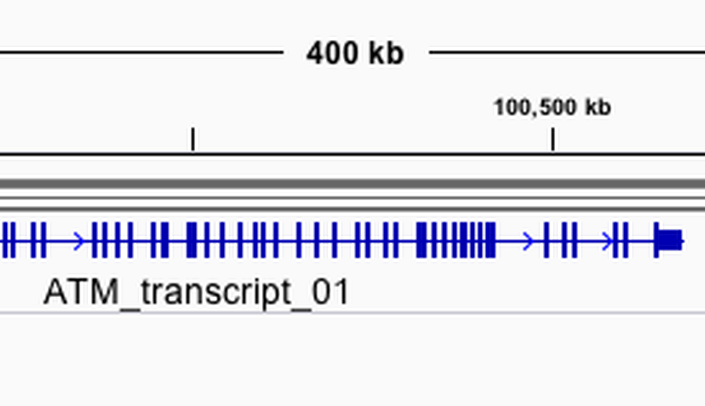By successfully creating a high quality genome of the rhesus macaque monkey, a University of Nebraska Medical Center researcher played a significant role in a study that appears in this week’s issue of the prestigious science journal Nature.
The study in Nature determined that treating rhesus macaques that have SIV – the simian equivalent of HIV – with interventions that alter inflammatory responses can have dual effects on the development of disease.
The study found that administration of a protein called type 1 interferon, which is known to trigger antiviral responses and inflammation, is found to be beneficial at the onset of infection but is detrimental in chronic infection. The results indicate that investigations of similar therapeutic approaches in the treatment and prevention of HIV infection should be approached with caution.
Daniel Douek, M.D., Ph.D., Human Immunology Section, Vaccine Research Center, National Institute of Allergy and Infectious Disease, was the lead author on the Nature study.
Robert Norgren, Ph.D., professor in the department of genetics, cell biology and anatomy at UNMC, contributed to this work by developing a new rhesus genome in collaboration with Aleksey Zimin, Ph.D., and his colleagues at the University of Maryland. It has already been used in a number of other research projects.
A genome consists of two parts – the complete DNA sequence of an animal and a description of where all the genes are. A high quality genome is necessary for experiments that study how genes work under different conditions such as after an infection or a drug is given.
The work at UNMC was two-fold. First, while a draft DNA sequence was known, Dr. Norgren’s group completed and corrected the sequence to a higher quality form. Second, while the correct sequence is necessary, one needs to know the location and organization of the genes within the DNA, essentially mapping the genome similar to placing the towns, features, entrances and exits on a highway map.
The rhesus macaque is vital to scientific research, as it is considered to be the closest translational research model next to an actual human. Because the rhesus macaque’s genome is so close to humans, it is considered to be the best predictor of how drugs will act in humans.
Dr. Norgren noted that many drugs tested on mice had failed in efficacy trials in humans, demonstrating the importance of being able to conduct research on animals closer to the genetic makeup of humans.
“This is great recognition of the work being done at UNMC,” Dr. Norgren said. “A huge amount of information was generated that wouldn’t have been possible without our genome.
“In the past, this type of work could only be done at the large genome centers. The new rhesus genome is proving to be a valuable resource that allows other scientists to do their work.”
Erica Pasini, Ph.D., a cell biology, genomics, proteomics and transcriptomics researcher at the Biomedical Primate Research Centre in The Netherlands, is one researcher who has benefited from the new genome.
“A well-annotated rhesus genome is of paramount importance, as it allows scientists to increasingly bridge the gap between basic research done on mice and translational research,” she said. “It has applications to a number of conditions such as HIV, malaria, tuberculosis, multiple sclerosis and rheumatoid arthritis.”
Dr. Norgren hopes to publish a paper later this year that will provide complete details on the creation of the new rhesus macaque genome.
Through world-class research and patient care, UNMC generates breakthroughs that make life better for people throughout Nebraska and beyond. Its education programs train more health professionals than any other institution in the state. Learn more at unmc.edu and follow us on social media.
Twitter | Facebook | Pinterest | YouTube
